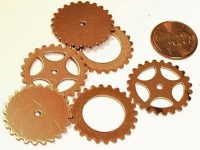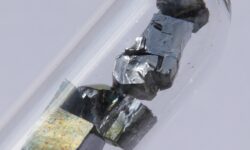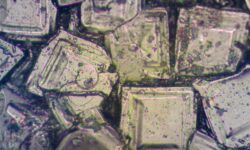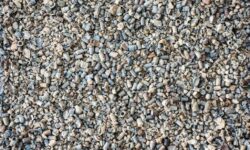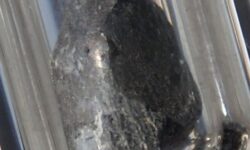Sources of Copper
Copper usually appears in fluid samples as a wear metal, most often arising from brass or bronze components. Whether gears, bearing cages, guides, bushings, or piston shoes, brass and bronze parts are alloys of copper lead, tin, and/or zinc. Being an alloy, the wear metals from these parts will remain proportional as they increase.
When copper increases disproportionally from other wear metals, it suggests a nearly pure copper part or copper-coated part. Plain bearings typically have a copper layer below the Babbitt layer, therefore any appearance of copper in these applications may be viewed as actionable.
In applications using some form of oil cooler, whether a radiator-styled air cooler or a shell and tube cooler, the tubes or commonly made from copper. When a tube or entire cooler is replaced, the new copper parts will oxidize slowly for weeks and leach dissolved copper oxide into the oil, but this increase in copper will plateau and should not be viewed as abnormal or damaging.
Another form of a harmless increase in copper may be seen due to the use of a copper-based anti-seize compound during reassembly, as any excess will dissolve into the oil as well.
Perhaps the most concerning increase in copper can be found in conjunction with the use of EP oils, as some, but not all, EP oils may employ an active sulfur extreme pressure (EP) additive that will chemically attack copper and copper alloys (a.k.a. yellow metals). The only remedy to this situation is a fluid change to a fluid using either a non-active sulfur EP additive chemistry or an anti-wear (AW) additive chemistry, as recommended by the OEM.
Watch for the next article in the Elemental Spectroscopy blog series: Lead


